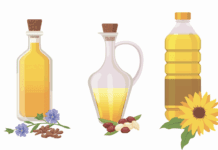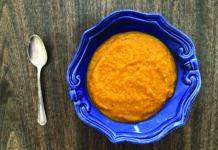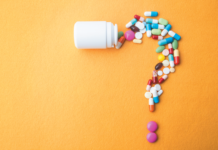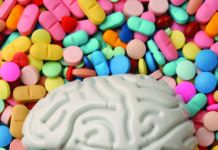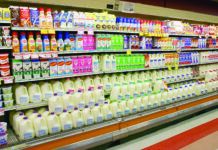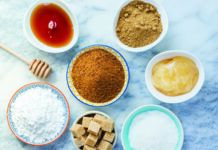ATina Chang, MS, RD, a recent dietetic intern at Tufts Frances Stern Nutrition Center, answers: These are all food ingredients classified as generally recommended as safe (GRAS) by the FDA, and have a long history of safe use in food. They are used as savory flavors and flavor enhancers in many food products, such as snack foods, soups, gravies and frozen entres.
Autolyzed yeast products are made by breaking down the yeast cells with the yeasts enzymes into the amino acids, salts and carbohydrates that make up the cell. Hydrolyzed proteins are made by boiling foods such as soy, corn or wheat in hydrochloric acid to break down the protein in vegetables into their component amino acids. Sodium hydroxide is then used to neutralize the solution. Both products are natural sources of glutamic acid, which is also known as monosodium glutamate (MSG) in its sodium salt form.
If you are part of the small subset of consumers who are MSG-intolerant, food products with these ingredients should be avoided. Reading food labels becomes important for those who are sensitive to MSG because products that contain hydrolyzed proteins, autolyzed yeasts, soy extracts and protein isolate do not have to be labeled as containing MSG. MSG is identified as an ingredient only when it is directly added to the food. (The FDA does state that the food source from which hydrolyzed proteins is derived has to be clearly labeled, as it can be from vegetable, soy or animal protein sources.) While these other ingredients will affect those who are highly sensitive to MSG, it is important to remember that these are not MSG. They happen to have high levels of glutamates, but not at the concentration found in commercial MSG.
If you are not MSG-intolerant, foods with hydrolyzed proteins or autolyzed yeasts can be safely consumed. MSG occurs naturally in many foods, and we easily consume around 13 grams of glutamate each day from the protein in food, as it is even present in tomatoes and cheese.



